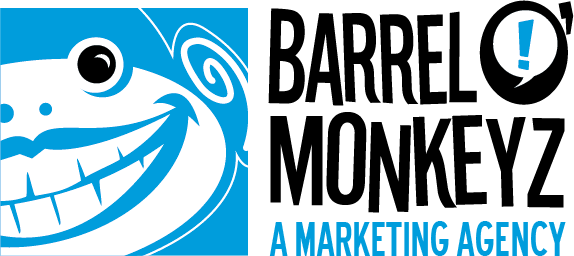Success used to hinge on your ability to demonstrate value to your prospects and customers. You had a product or service to deliver, a sales message, you advertised in local or regional media, and voila—if people liked what they saw or read, or heard positive things from a friend or family member, you had customers.
For most, one size seemed to fit all. Options were limited. Most consumers had no idea what other products or services might be available . . . or even possible. They didn’t know what they were missing.
In many ways, the selling process hasn’t changed much these days—but the scope sure has. Consider now how far and wide your message can go. In seconds, your sales message can be viewed by video halfway around the world. It can be read in a blog post three countries over. Your product or service can be purchased online by someone on a cruise ship in the middle of the Caribbean (of course I can think of something I’d rather be doing on vacation in the Caribbean, but I digress). It’s truly staggering if you think about it.
The Internet, the Web, email, the cloud, social media, even satellite TV, have brought us all much closer together, leveling the playing field so that even very small businesses can compete for customers with the “big guys” on a global scale (unimaginable just 15 years ago).
But with this expanded reach, the jungle has really gotten crowded. Just as you can reach millions (if not potentially billions), so too can your competitors. There’s lots of monkey chatter—so much so it’s often in one ear of consumers and out the other unless it really, REALLY captures their attention.
Today’s marketers might have the problem of global reach solved, but the same old problem of getting noticed is still there—and it’s more challenging than ever. Nowadays, there are so many fish in this very big pond we’ve created that businesses have to think and act outside the box (starting from scratch with product/service development) to get the word out, get the business, and keep the business.
It’s safe to say that most consumers are looking for something different these days. Ho-hum. Just how many cell phones or laptops or flat-screen TVs or soda or beer commercials do we need to see before our eyes begin to glaze over and our minds tune out? Heck, even the Superbowl ads of late have lost some of their luster.
What’s worked in the past won’t always work going forward. While you can build a better mousetrap, that’s only half the battle. You’ve got to elevate your “mouse trap” above the chatter, make it stand out, make it different, desirable.
Did Apple invent the personal computer? For that matter did Microsoft? No on both counts. But both of those companies (Apple more so these days) demonstrated an uncanny ability and flexibility to adjust to what their clients wanted most.
Of course, this doesn’t mean we throw the baby out with the bathwater. That’d be just wrong, literally and figuratively. What is does mean is that when it comes to all aspects of our businesses, from dreaming up the products or services we think our customers want, to devising ways to promote them and talk about them, to delivering them in ways that can be tailored to specific client needs, we need to be flexible and agile enough to adapt to what the market (aka the customer) tells us.
Like it or not, the customer is King or Queen.
- Look at your competitors. What are they doing? How are they enjoying success where, perhaps, you aren’t? Look at how they use the Web, social media, etc.
- Speak with your customers. Really LISTEN to them. What are they telling you THEY need? How can you accommodate them? How can you adjust?
- Hone in on what your target audience needs and wants most from you. What can you do to provide custom solutions for them, something they can’t just buy off the shelf? Again, listen to them . . . then lather, rinse, repeat.
Business as usual is no longer “good enough.” The race usually goes to the fleetest of foot. Likewise, the sale tends to go to those most able to “bob and weave” with the changing marketplace and shifting consumer demands.
What are you doing in your business to deliver outside-the-box solutions to your customers?

If you really want you can look the other way and not talk about it.but you talked.thanls.Don’t give up your morals for anything. This will lead to a sad and unfulfilling life.
This post is one of those on which an interactive argument can be started as i differ from you on this, but nonetheless great quality post.
Actually after reading this article, i am against you on this. I do not blame you,and am actually thankful for bringing this up on your blog. I am just conjuring up a dialogue here,no hard feelings.
Nice Finding. It will be useful to everyone who will be able to use this information, including myself. Keep up the good work.
Really liked the article. Don’t agree with everything that was stated, but it was nonetheless very informative and insightful .The creativity of apple is amazing, just had to say that.